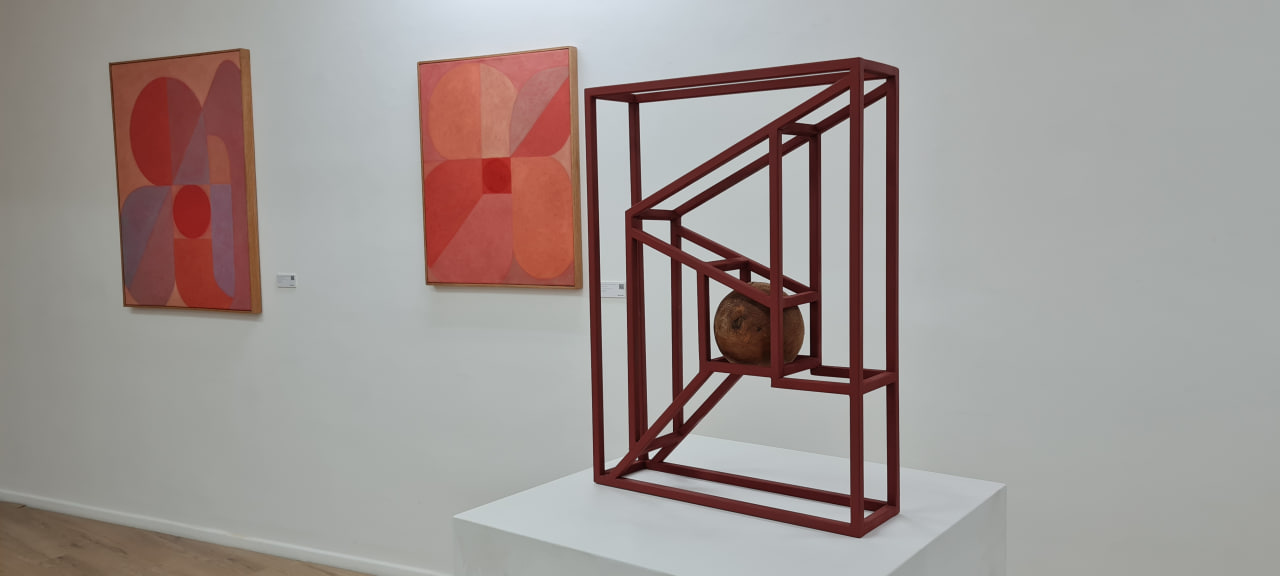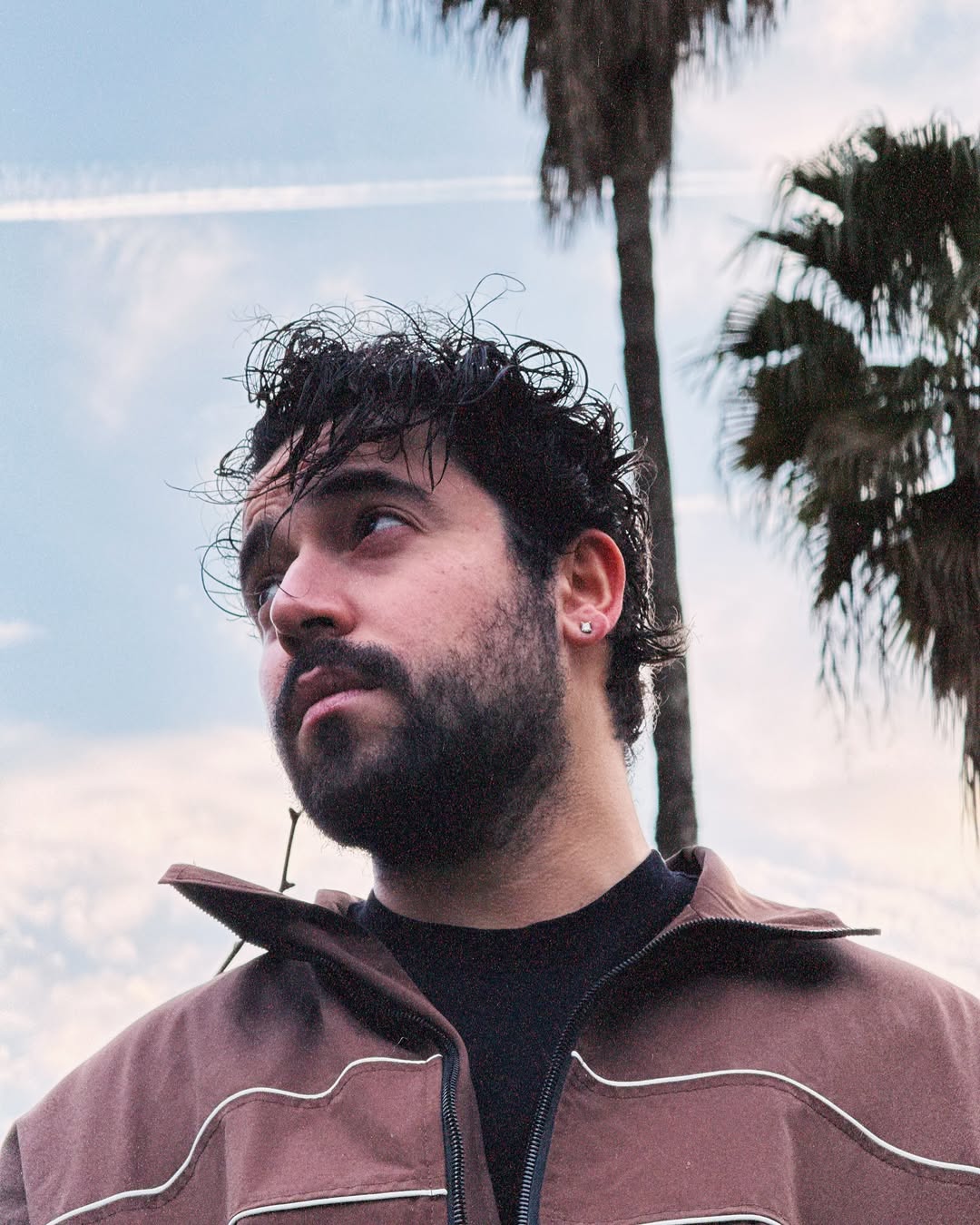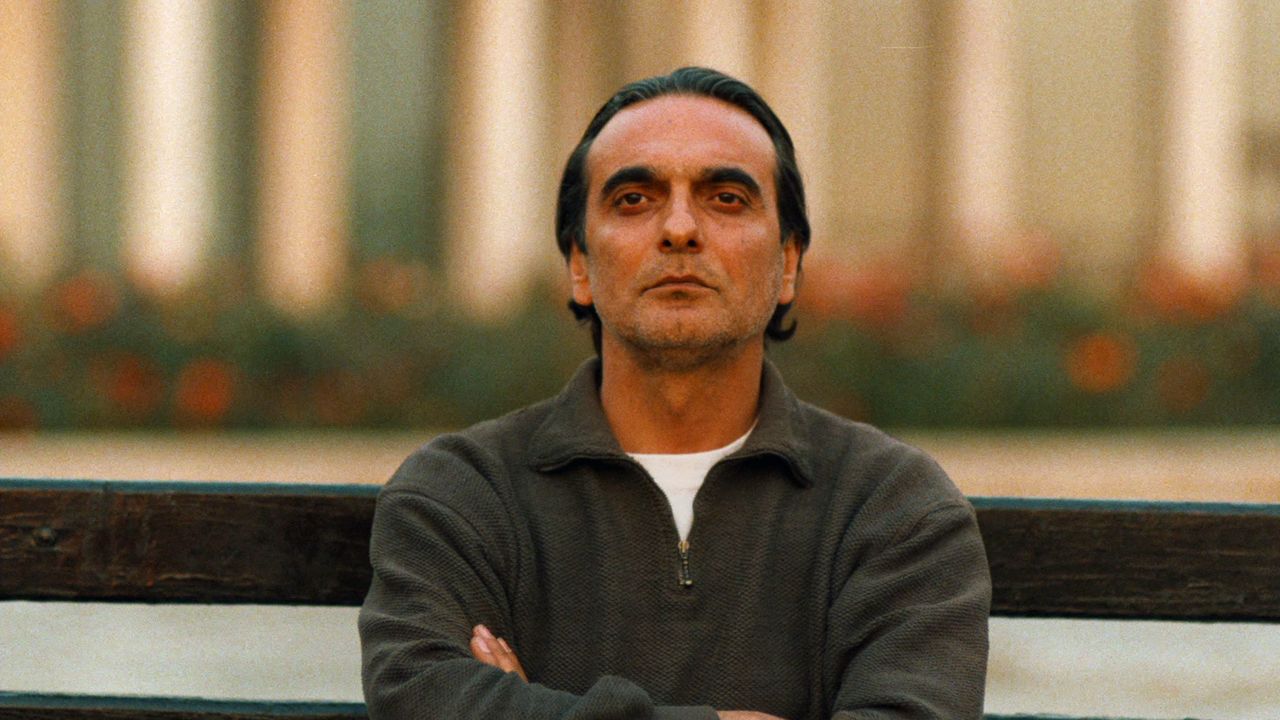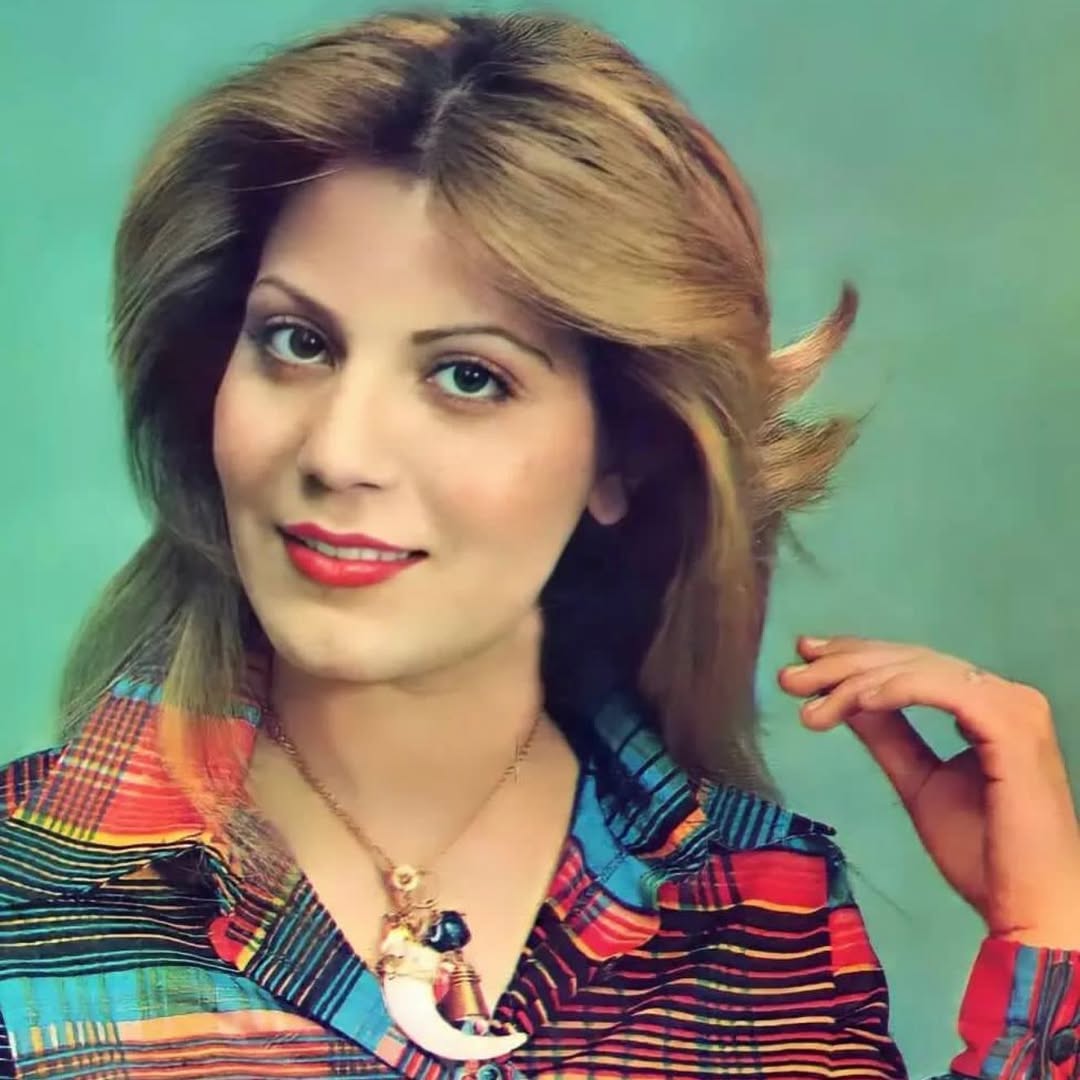By Kasra Aliha | Honargardi
Brooklyn-based Iranian artists Saman and Sasan Oskouei—formerly known as Icy & Sot—have long been recognized for their politically charged, multidisciplinary practice addressing borders, displacement, environmental destruction, and state control. Originally from Tabriz, Iran, the brothers began their journey on the streets of their hometown using stencils, developing a visual language rooted in immediacy and resistance. Over the years, their work has expanded to include sculpture, installation, video, and public interventions, earning them global acclaim across cities from Munich to London and Lisbon.
Their latest exhibition, Flora Urbanica, presented by Danysz Gallery in Paris (March 15 – May 10, 2025), marks a poignant evolution in their practice. Here, nature—subtle, persistent, quietly radical—takes center stage. In a series of poetic interventions and sculptural works, the duo explores the resilience of flora within the built environment, inviting viewers to rethink the boundaries between urbanity and the natural world.
In this exclusive interview with Honargardi, Saman and Sasan reflect on the ideas behind Flora Urbanica, the materials they chose, and the gentle yet powerful shift their art has taken.
1. Flora Urbanica presents nature as a resilient and adaptive force within urban landscapes. How did this theme emerge in your artistic journey, and what inspired you to explore it in this exhibition?
Nature has always been a constant reference in our practice. The inspiration for this show came directly from the city—simply by observing how flora adapts and persists in the urban environment. Seeds breaking through concrete cracks, the slow unfurling of a leaf in spring—these moments morph into compositions that seem to shift gradually and kaleidoscopically before our eyes. Fluid lines and earthy textures, sometimes caught within architectural structures, create a sense of being suspended in time, moving to the same cyclical and mystic rhythms as these vaguely recognizable species.
2. How does Flora Urbanica connect with your previous works that address borders and environmental issues? Do you see this exhibition as a continuation or a new direction?
Flora Urbanica continues our focus on environmental issues but takes a more subtle approach, moving away from bold, direct messages. In a way, it’s both a continuation and a new direction—we’ve fully embraced abstraction while still honoring our roots in urban culture and our ongoing exploration of our place in nature.
3. Your work spans a variety of mediums, from stencils and sculptures to installations and video. What guided your choice of materials and techniques for Flora Urbanica?
Stencils are part of our past—it’s been a decade since our last stencil piece. Since then, we’ve continuously experimented with different techniques, materials, and mediums. We never trained in traditional academic mediums like oil painting, so for this show it felt like an exploration. For us, choosing the right material is essential—it helps shape how a feeling or message is conveyed, making the work more intuitive and immersive.
4. Your practice often involves repurposing materials like barbed wire and fences to make powerful social statements. Did you incorporate found or industrial materials into this exhibition?
For our installation Urban Bloom at Flora Urbanica, we worked with plants—a kind of found/living material. It’s our first-ever living/growing installation, and we’ve been getting updates from the gallery—the plants are growing
5. Nature and urbanity are often perceived as opposing forces. How do you balance this contrast in your artistic approach?
The boundaries between nature and the urban environment are fluid, making it impossible—and perhaps unwise—to treat them as separate. Rather than opposing forces, we see them as interconnected, constantly shaping and redefining each other. Through this exhibition, we explore this relationship, challenging perceptions of nature’s place while addressing the environmental challenges of our time.
6. Your work has long been rooted in political and social issues, from migration to environmental crises. How does Flora Urbanica engage with these topics in subtle or unexpected ways?
In this show, the message is more about evoking a feeling—whether a sense of calm or quiet reflection. The works serve as a metaphor for nature’s resilience and adaptability within the cityscape, while also inviting viewers to reflect on their own coexistence with nature, making the experience more personal and introspective.
7. Flora Urbanica seems to mark a shift toward a more poetic and meditative approach to environmental themes. Do you see this direction shaping your future work?
Yes—a meditative approach is something we need in our own lives, and we feel the world could use more moments of calm and pause in these crazy times.
Through Flora Urbanica, the Oskouei brothers extend an invitation not just to witness the quiet defiance of nature, but to embody it. Their artistic evolution mirrors the very subject they now explore: a slow, steady growth that disrupts without shouting, heals without hiding, and builds bridges between fragility and strength.






